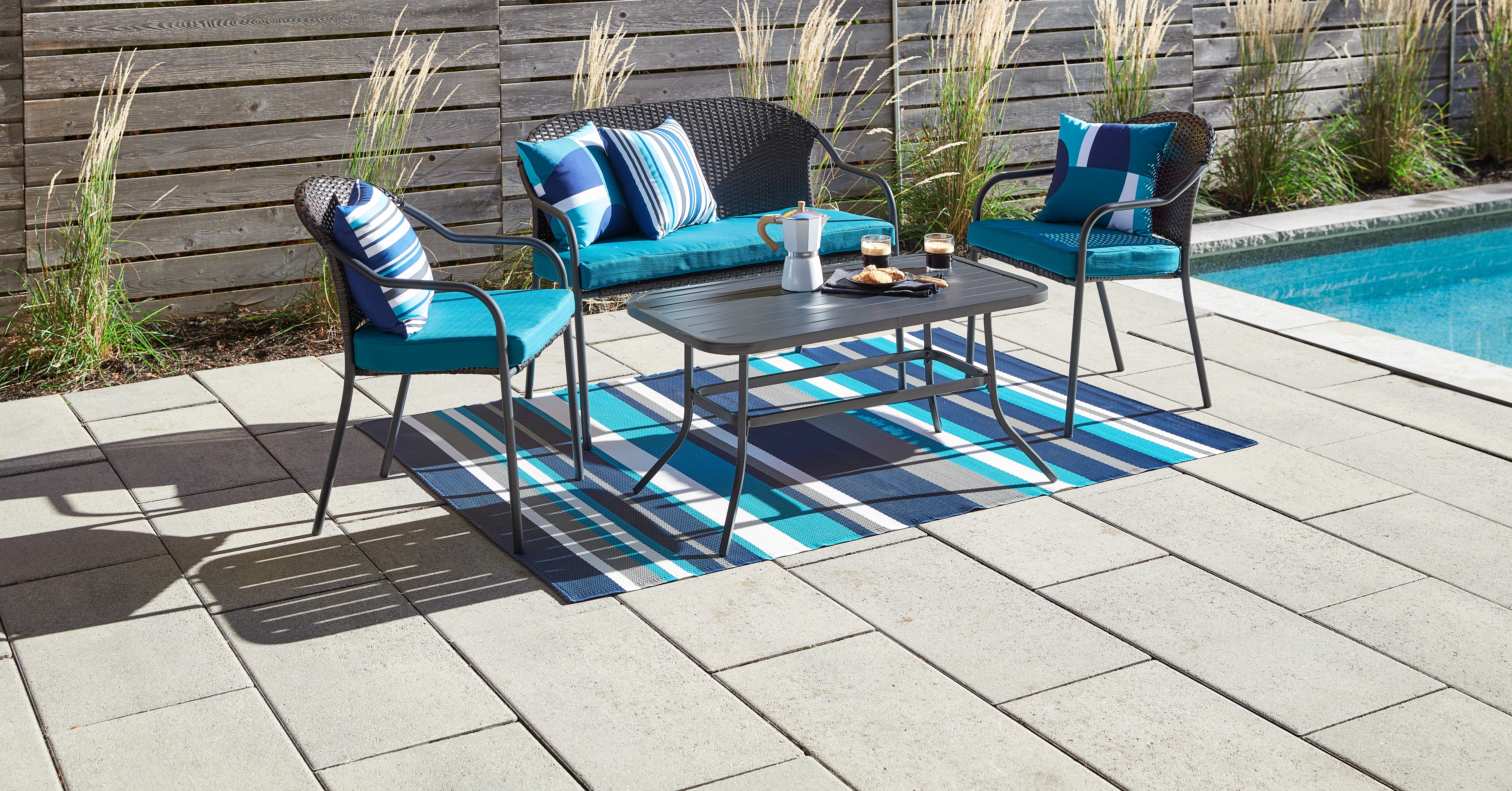Pavers, Patio Stones, and Paving Slabs
- Buy more paving slabs or pavers than you actually need. Store these replacement units where they will be exposed to similar atmospheric conditions as the installed pavers.
- The colour can vary from one box to another; mix pavers from different boxes before installing them.
- Polymeric sand is specially formulated for the joints between pavers and paving slabs. It is applied dry and then hardens after watering. One of its many advantages is that it forms a barrier to weeds and ants.























